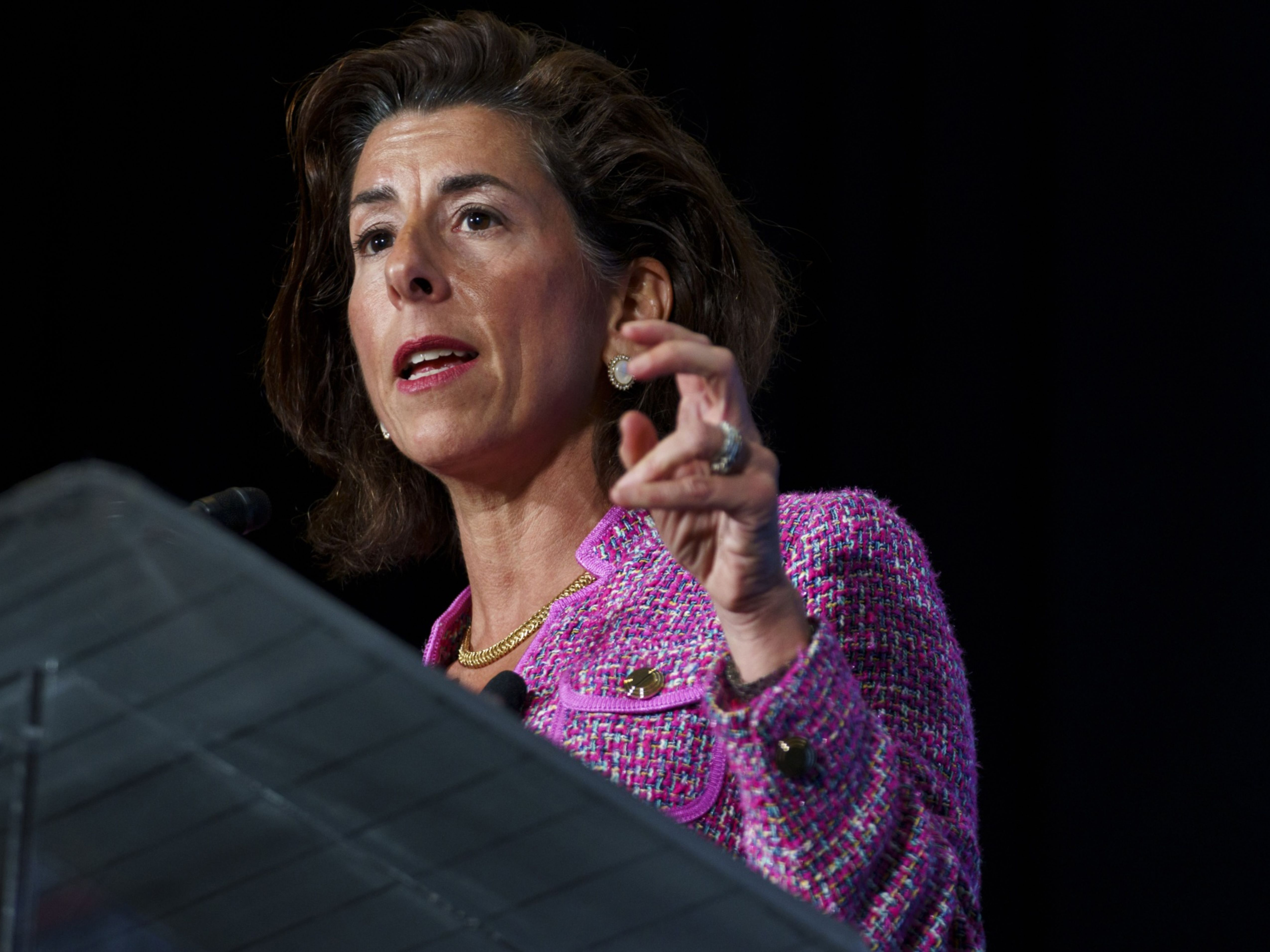
Visit Our Sponsors |
|
|
|
|
|
|
|
|
|
|
|
|
|
|
|
|
|
|
|
|
|
|
|
|
|
|
|
|
|
|
|
|
|
|
|
|
|
|

The U.S. and European Union plan to keep addressing supply chain and other disruptions as they project a unified front against Russia when high-level officials meet starting Sunday to discuss cooperation on trade and technology issues in Paris.
“The Trade and Technology Council intends to develop common approaches and explore shared solutions toward improving supply chain resiliency, fostering predictability and diversification of trade,” the two sides plan to say, according to a recent draft of a joint statement seen by Bloomberg.
The sentiment ahead of the second meeting of the TTC — established last year to collaborate on issues like export controls and semiconductor shortages — shows how much has changed in recent months. The inaugural meeting in September was almost canceled after a U.S. defense deal with Australia to supply nuclear-powered submarines sparked a diplomatic dispute with France.
“In the past year, we have strengthened, deepened, and elevated our relationship,” the draft statement said. “As recent events have proven, strong transatlantic bonds and cooperation on issues related to trade, technology, and security are more important than ever.” The draft could still change as the two sides negotiate an agreement on the final wording.
U.S. Secretary of State Antony Blinken, Commerce Secretary Gina Raimondo and Trade Representative Katherine Tai plan to attend the two-day Paris meeting from the U.S. side. European Commission Vice Presidents Valdis Dombrovskis and Margrethe Vestager, as well as Internal Markets Commissioner Thierry Breton will represent the EU.
The statement mentions Russia more than a dozen times, highlighting the coordination of export controls and sanctions against Moscow following its invasion of Ukraine in February. The two plan to say they “are committed to deeply enhancing” their cooperation on dual-use technologies and export controls, as well as mitigating supply shortages caused by the war.
There is no reference to China in the main joint statement, but numerous issues on TTC’s agenda appear to be directed at Beijing.
Chip Subsidies
Both sides want to collaborate further by creating a system to notify each other of shortages of semiconductors, as well as coordinating subsidies to chip producers to guard against a subsidy race spurred by separate U.S. and EU acts to boost semiconductor research and production.
The draft states a desire by both sides to cooperate more in areas like purchases of environmental goods, as well as carbon footprinting, green public procurement, and electric vehicle charging infrastructure.
The U.S. and the EU plan to say they both want to overhaul the World Trade Organization and restore a functioning dispute settlement system, and to ensure that “specific products traded between the EU and U.S. cannot be considered a national security threat,” in a reference to European steel and aluminum.
The officials aim to tackle disinformation by pushing companies to make their algorithms more transparent and share more data with researchers. They will also work together to set up a “crisis response protocol” to discuss challenges online from Russia’s war in Ukraine and in future crises. An earlier draft from April, though, had more language about jointly monitoring information manipulation.
RELATED CONTENT
RELATED VIDEOS
Timely, incisive articles delivered directly to your inbox.






